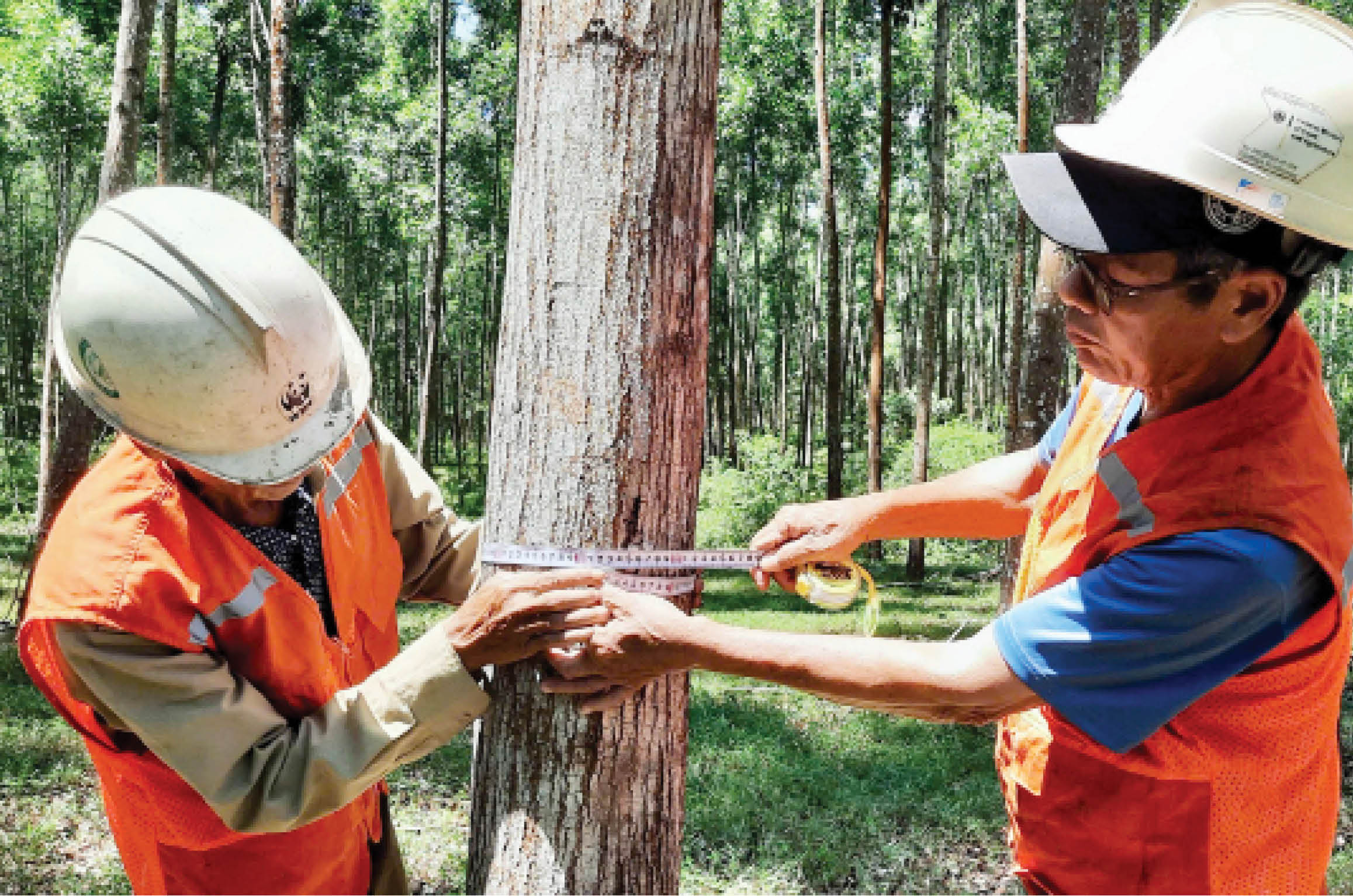 |
| Development of large timber plantations - a bright spot in the forestry industry |
People living near the forest have not really benefited.
At the conference to review the Sustainable Forestry Development Program and Forest Fire Prevention and Fighting in 2024, many positive indicators in forestry development in Hue were shown. Typically, the forest area is stable, with a coverage rate of 57.18%; anti-encroachment, fire prevention and fighting, and wildlife monitoring are all implemented synchronously and effectively. In particular, more than 13,000 hectares of forest have been granted sustainable management certificates (FSC), contributing to making Hue one of the leading localities in forestry practices according to international standards...
However, the results are not enough to say that Hue forestry is truly sustainable. The reason is that for a long time, the mindset of “protecting the forest” has relied on forestry policies. Protecting the forest is right. But protecting it passively comes at the cost of stunted development, precarious lives for people living along the forest, and long-term effectiveness is a matter worth discussing.
In 2024, Hue City allowed the conversion of more than 275 hectares of forest for development projects. Meanwhile, sustainable income for people living near the forest is still not guaranteed, despite more than VND 99 billion spent on forest environmental services. Most of these resources are still concentrated in forest owners who are state organizations, while the community, who are directly connected to the forest, are often just "objects of propaganda", not "beneficiaries".
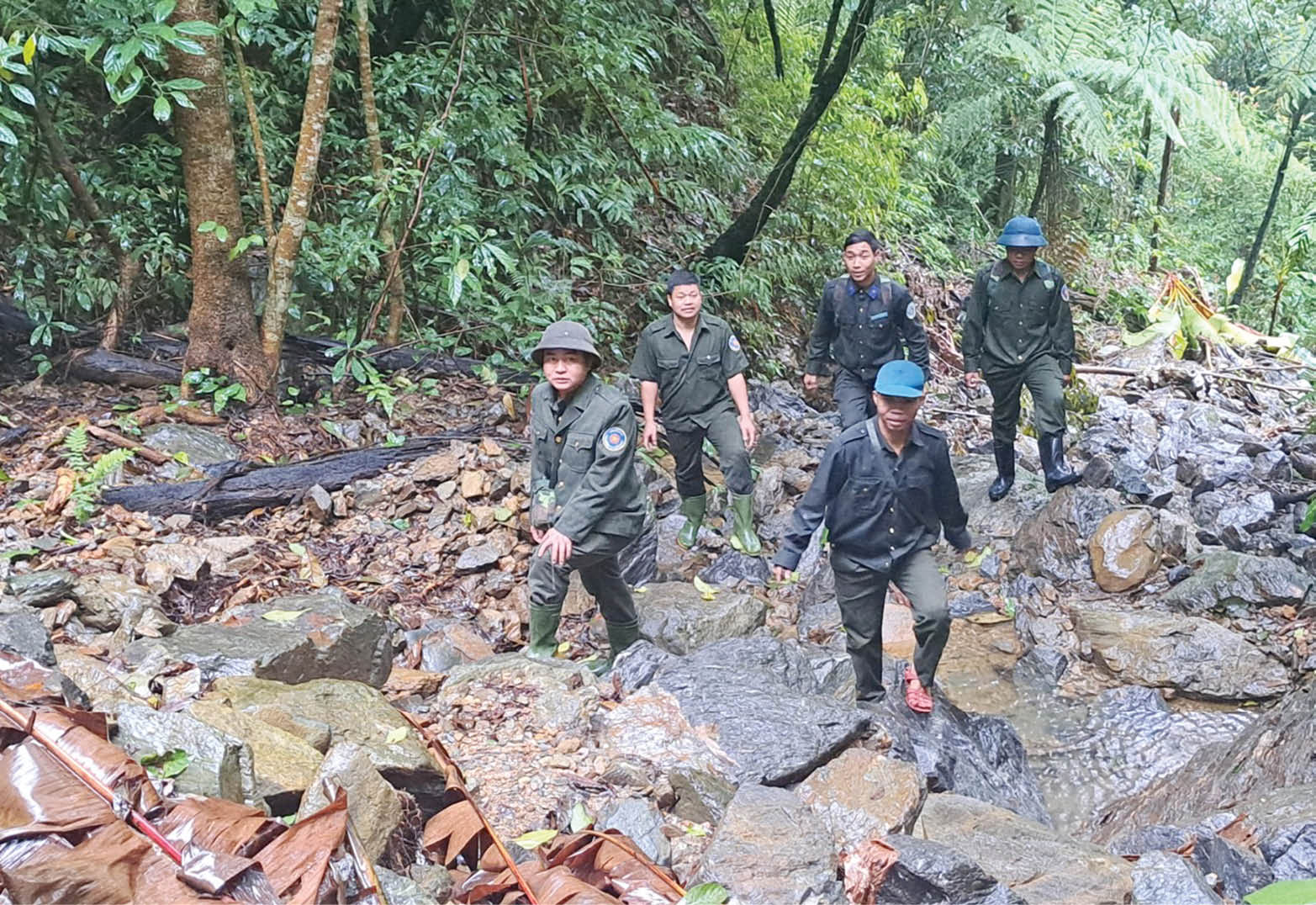 |
| Forest patrol and protection work has been strengthened in recent times. |
The question of why people still encroach on forests, burn bees, trap animals, and illegally exploit timber is not just a legal issue. It is because they do not see forests as part of their livelihood.
People's living standards are a measure of sustainability.
Recently, Bach Ma National Park (Phu Loc district) announced to lease 2,500 hectares of forest to develop eco-tourism, resorts and entertainment according to the "Eco-tourism Project for the period 2024 - 2030" (approved by the Ministry of Agriculture and Environment). According to this project, the total area planned for eco-tourism spots and routes is up to more than 4,200 hectares. This could be a necessary push for the forest to change from a place that "needs protection" to a "resource for development".
Bach Ma is expected to welcome 300,000 visitors each year, bringing in 100-150 billion VND in revenue, creating jobs for hundreds of workers. That number is not only an economic goal, but also represents a new management philosophy: Exploiting the diverse values of the forest, not only from wood, but also from landscape, ecology, culture and experience.
The ecotourism project in Bach Ma can become a model of “living with the forest” if the community is part of the tourism value chain; there is transparency in selecting investors; the project design is in harmony with nature and identity…
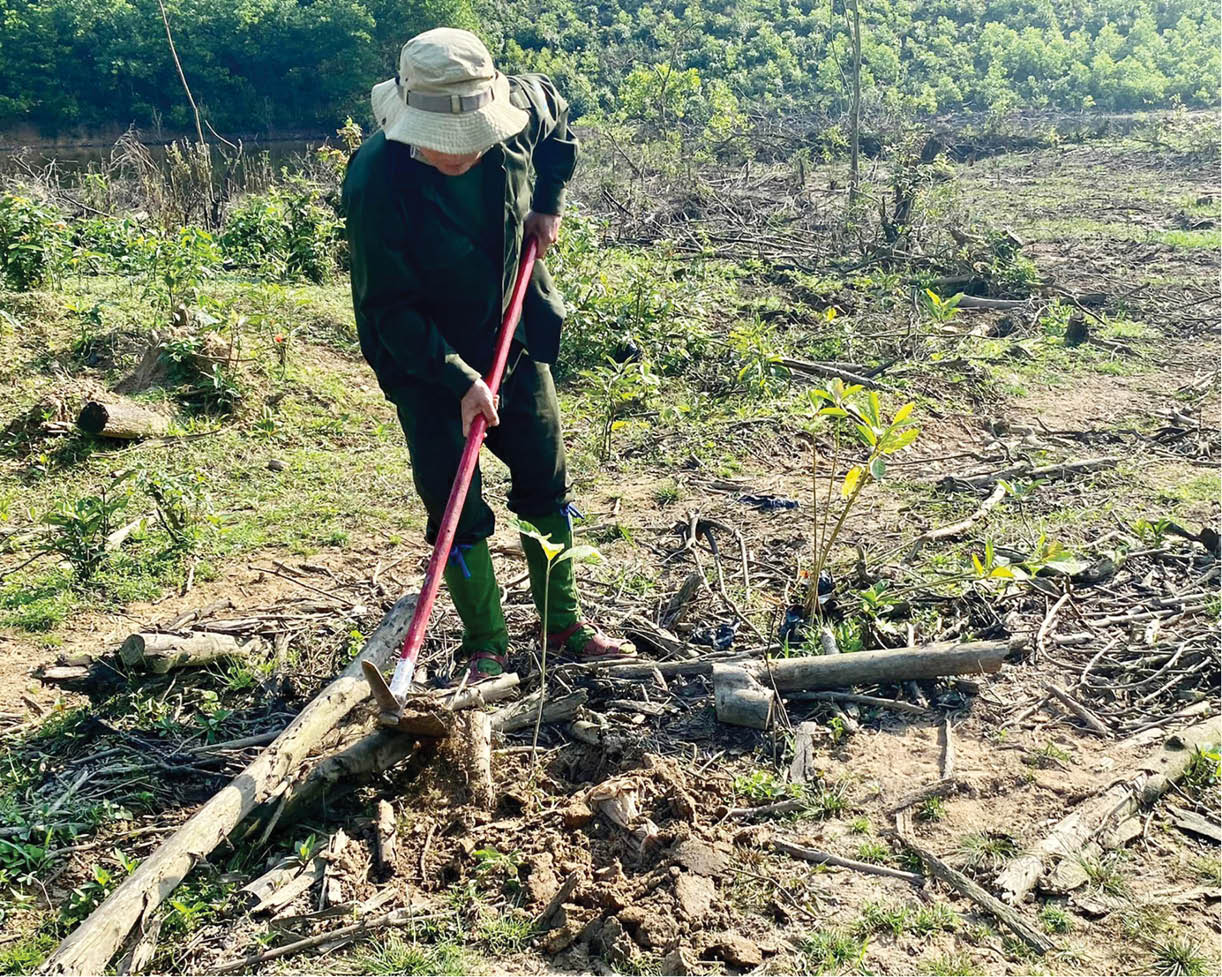 |
| In addition to afforestation, more attention should be paid to people's livelihoods. |
Back to the story of measuring success in forestry. Should we not only rely on the coverage rate or the area of forest plantations, but also take into account the living standards of people living near forests, the proportion of people participating in forest economic models, and the number of small and medium enterprises operating based on forests?
Developing a “forest-based indigenous economy” means bringing the forest back to the community through the model of non-timber forest products cooperatives, indigenous tourism services, environmental education; supporting the community to access capital, skills, and markets, not just stopping at propaganda. Linking tourism with conservation responsibility means that businesses that rent forests must be responsible for forest restoration, funding research, participating in the conservation of rare animals, not just taking the forest environment without giving anything back to the forest.
Protecting the forest is difficult. Living with the forest is even more difficult. Only when people become the owners of the forest, when the forest is their livelihood, their trust and their hope, can the “green lung” be protected sustainably.
Hue, with its rich natural potential, a well-established conservation system, and an ecotourism project in Bach Ma, can completely open up great opportunities for forestry development, where forests are no longer just resources calculated by hectares but become profitable assets, cultural identities and partners for sustainable development.
Source: https://huengaynay.vn/kinh-te/rung-khong-chi-la-tai-nguyen-153258.html






![[Photo] Prime Minister Pham Minh Chinh chairs conference on anti-smuggling, trade fraud, and counterfeit goods](https://vphoto.vietnam.vn/thumb/1200x675/vietnam/resource/IMAGE/2025/5/14/6cd67667e99e4248b7d4f587fd21e37c)

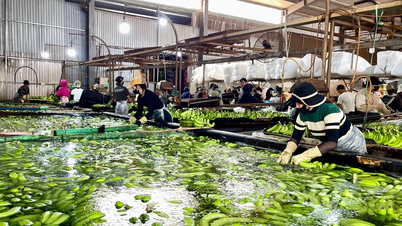






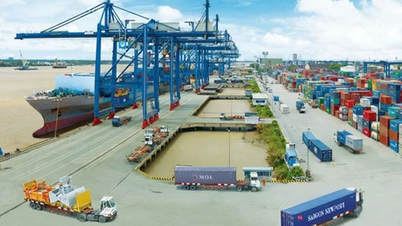








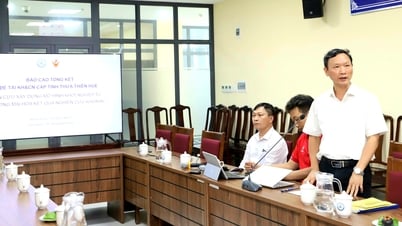
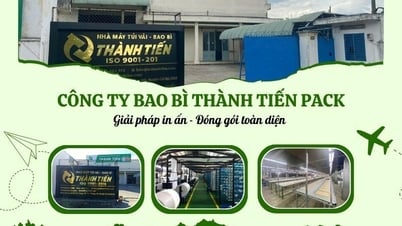
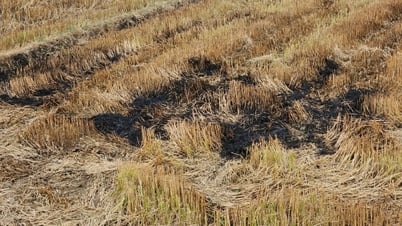
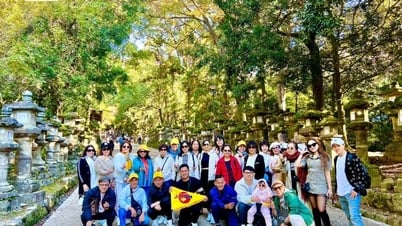






























































Comment (0)